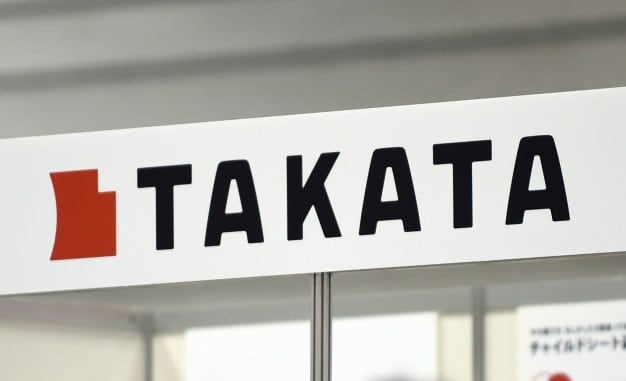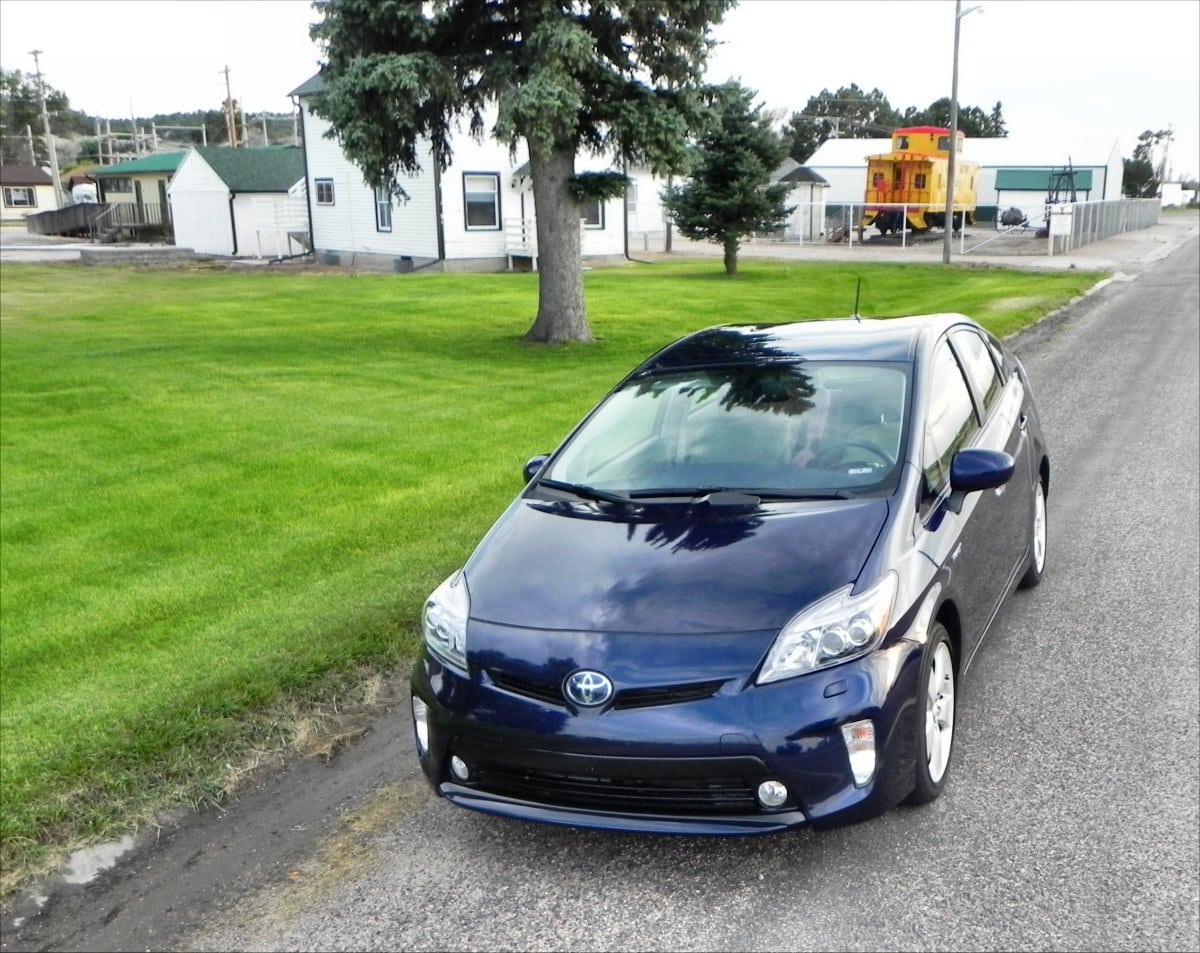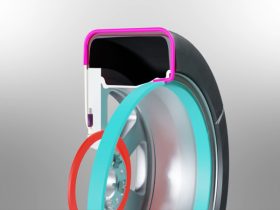Takata has divulged higher failure rates than initially expected, impacting a potential 34 million vehicles – double what was previously thought. This has become one of the largest automotive defects of all time and will likely make 2015 an even bigger year for recalls than the record-setting 2014 year was.
Takata is expanding recalls of its passenger-side front airbag inflators to all 50 states, reversing its position from last November in which it limited the recall to just humid southern states. It will further expand its driver-side frontal airbag recall as well. Both of these actions are expected to mean up to 34 million vehicles will be recalled over the summer.
The recalls are part of the problem the National Highway Traffic Safety Administration began investigating a few years ago and began issuing recalls for last year. During a crash, airbag inflators can shatter due to excessive pressure, shooting fragments of metal through the bag, potentially hitting vehicle occupants.
The cause of the problem is not yet fully known. Takata submitted more reports Monday to the NHTSA citing “thermal cycling” and propellant grain contaminated with moisture. Another report cites mishandling by a Mexican factory for the propellant. Finally, the latest report that is initiating the new recall expansion comes after Takata detonated about 27,000 inflators from recalled cars, resulting in failure rates that were far worse than the company had expected. This prompted them to re-issue their documentation to NHTSA, contradicting disclosures made during a Congressional hearing in December.
Most of the new recalls will likely focus on Honda and Toyota vehicles, which seem to be at higher risk than other makes. Up to ten automakers and as many as twenty to thirty vehicle models could be affected by the new recalls. Highest failure rates were in the 2003-2007 Toyota Corolla, Matrix, and Pontiac Vibe. The highest rates were found in the 2004-2007 Honda Accord.
Automakers affected are now reviewing their production records to determine the final number of affected vehicles to submit for recall.







